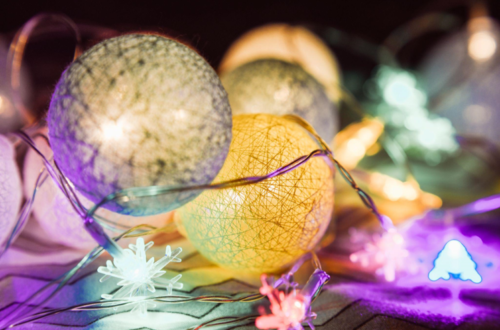
The Rise of Artificial Christmas Trees in China: A Story of Innovation and Tradition
From Paper Trees to High-Tech Wonders
The tradition of Christmas trees can be traced back to Germany in the 16th century when devout Christians decorated evergreen trees with candles to celebrate the birth of Jesus. However, it was in the 19th century that the practice became widespread, especially in the United States and the United Kingdom. Real trees became the norm, but artificial trees started gaining popularity in the 20th century due to deforestation and fire safety concerns.
In China, the production of artificial trees began in the early 1980s when the country was still undergoing major economic reforms. At first, the trees were made of paper and wire and were sold mainly to export markets. However, as the Chinese manufacturing industry improved and the demand for artificial trees grew, the quality and diversity of the products increased, too. Today, China is the world’s leading producer of artificial Christmas trees, accounting for over 80% of global supply.
The Art of Making the Perfect Tree
One of the reasons why China became the hub of artificial Christmas tree production is the skill of its workforce. Despite being a relatively new industry, the techniques and knowledge applied by Chinese manufacturers are built on a long tradition of craftsmanship and attention to detail. Many companies hire artisans and designers with experience in other fields, such as flower arrangements, to create unique and attractive tree designs.
Moreover, artificial tree production is a highly technical process that involves many stages, from cutting and shaping the PVC or PE materials to assembling and testing the lights, branches and stands. Chinese factories are equipped with state-of-the-art machinery and use advanced software and robotics to streamline manufacturing and ensure quality control.
In recent years, new trends have emerged in the artificial tree market, such as pre-lit trees, flocked trees, and LED trees, which offer more options for customers who want to personalize their Christmas decor. Chinese manufacturers have quickly adapted to these changes and use innovative materials and technologies to create trees that look more realistic, require less maintenance, and are less environmentally harmful.
Conclusion:
The production of artificial Christmas trees in China is not just a story of manufacturing and marketing but also of creativity and resilience. Chinese companies have successfully combined traditional skills with modern technology to deliver high-quality and affordable products that have become a staple in many homes worldwide. Whether you prefer a classic green tree or a colorful onigiri-shaped tree, there is no doubt that the artificial tree industry will continue to thrive and evolve, spreading joy and cheer every holiday season.




